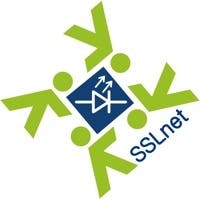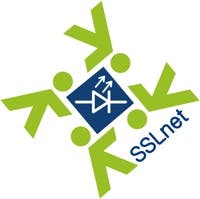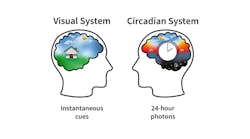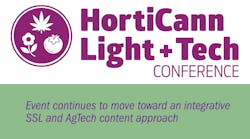Alexandra Reid from the Natural Sciences and Engineering Research Council (NSERC) of Canada spoke about increasing collaboration between Canada’s universities and industries to help solve scientific problems. Many of these programs, such as the Engage Grant, can either match money provided by a partner company or will provide grants towards a research project initiated by an industry partner. The programs are designed to reduce the resources required to complete R&D projects.
Fred Shubert, the Wellfleet senior constellation professor at the Rensselaer Polytechnic Institute, presented the keynote talk on the rich history of lighting and the challenges, impact, and opportunities offered by LED-based lighting. The workshop keynote was also the annual Boris Stoicheff Lecture that was founded in memory of Boris Stoicheff, one of Canada’s most prolific physicists who built the first laser in Canada.
Representatives from manufacturers, including Shirley Coyle of Cree Canada, Chad Stalker of Philips Lumileds, Paul Schiedt of Cree and John Barnes of Linear Technology, discussed a wide range of both market and technological developments and difficulties associated with the widespread adoption of LED products. For instance, there are many LED installations within parking garages, parking lots, highway service stations and along municipal roadways and highways, which have helped drive interest in the technology. However, issues of reliability, upfront costs, designer and specifier education, and overall trust are preventing widespread commercial and residential adoption.
Geoff Olsen from Osram Encelium and Warren Miedema from Synapse Wireless both discussed new lighting control systems. Some of the energy management strategies these systems employ include occupancy control, smart time scheduling, task tuning, personal control, and daylight harvesting. Taken together, these different tactics can save companies 50-75% of their energy costs.
Jennifer Veitch from the NRC discussed improved employee satisfaction associated with smarter lighting control. Through her work at the Institute for Research in Construction, Veitch’s team has found that people prefer a mixture of both direct and indirect lighting that illuminates the entire workspace and provides personal control over local lighting conditions. Field investigations have also shown that satisfaction with the lit environment predicts greater job satisfaction, greater organizational commitment, lower intent to turnover, and fewer health problems.






![FIG. 1. The timeline of light sources relied upon by humans has evolved from one focused on the source of illumination for visual acuity alone to one that applies advanced research to evoke or inhibit certain responses from the non-visual system. The research will deliver new information to the solid-state lighting (SSL) industry for producing metrics that enable standards and best practices development for products and lighting designs. [Image credits: All illustrations courtesy of Allison Thayer, the Lighting Research Center (LRC).] FIG. 1. The timeline of light sources relied upon by humans has evolved from one focused on the source of illumination for visual acuity alone to one that applies advanced research to evoke or inhibit certain responses from the non-visual system. The research will deliver new information to the solid-state lighting (SSL) industry for producing metrics that enable standards and best practices development for products and lighting designs. [Image credits: All illustrations courtesy of Allison Thayer, the Lighting Research Center (LRC).]](https://img.ledsmagazine.com/files/base/ebm/leds/image/2020/08/2009LED_tha_z1.5f483ea7ebf0d.png?auto=format,compress&fit=crop&q=45&h=139&height=139&w=250&width=250)